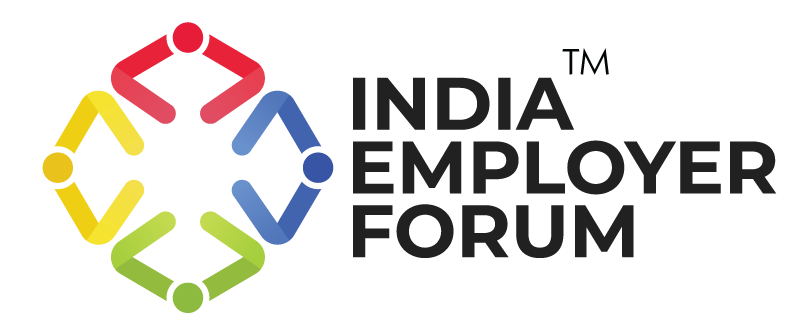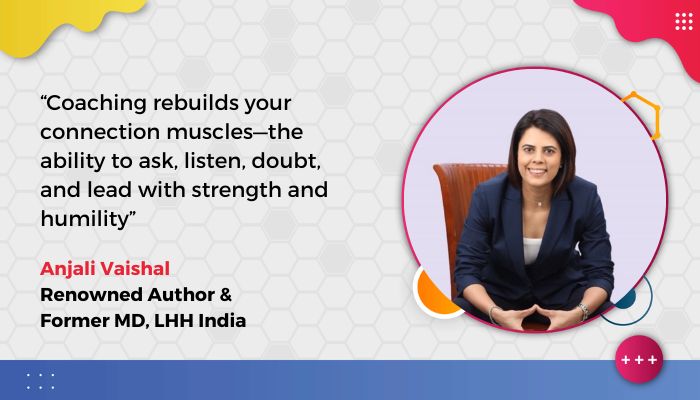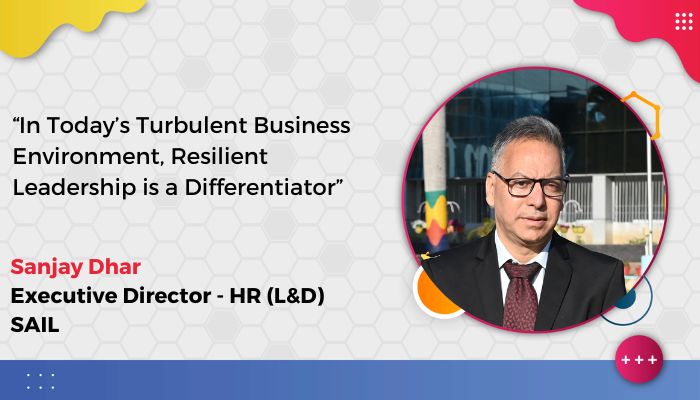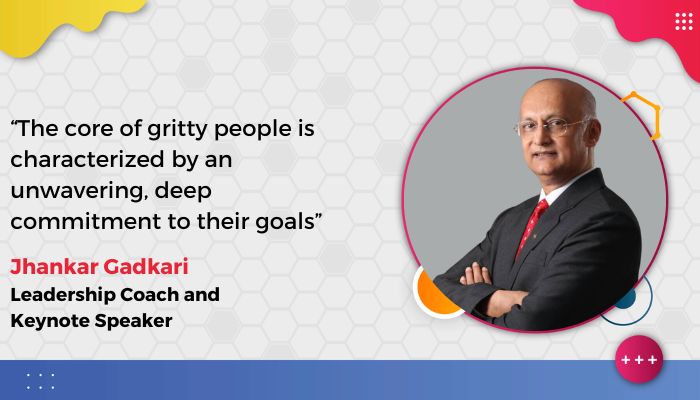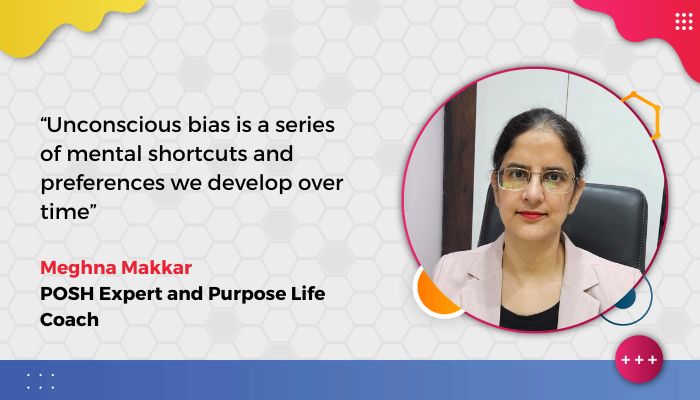By Anjali Vaishal
| Experienced Leader in Sales & Executive Leadership | Renowned Author | P&L Strategist | Certified Executive Coach | Ph.D. Research Scholar | IIMB | Former MD @ LHH India
The Summit Paradox
Picture this: You’re standing at Everest’s peak, oxygen mask fogging with each laboured breath. Your climbing team surrounds you—Sherpas who carried the gear, fellow executives who trained alongside you—but as you turn to share this hard-won moment, something chills you deeper than the -40° wind:
No one meets your eyes.
The Sherpas are already packing camp, focused on survival. Your peers are snapping summit selfies, their smiles not quite reaching their tired eyes. The base camp team cheers over the radio, but their voices crackle with static—none of them truly knows what it cost you to get here.
This is executive isolation:
- The Team that’s Physically Present but Emotionally Distant
(Your direct reports who see your title, not your dilemmas) - The Fellow Climbers Who Can’t Admit Their Own Struggle
(Peer executives trapped in the same performative masquerade) - The Crowd Below that Sees Only the Achievement
(Board members who want results, not the story behind them)
You’re not alone… and yet you’ve never felt more solitary.
The higher you climb:
- The conversations become more filtered
- Fewer people warn you when the path looks risky
- The pressure to suppress doubt grows stronger
The cruellest irony? This isolation grows with success. Every promotion thins the oxygen. Every achievement makes people assume you don’t need support.
But here’s what they don’t see:
- The decisions you second-guess at 3 AM
- The conflict you absorb but can’t talk about
- The future that feels like it rests squarely on your shoulders
This isn’t mountaineering—it’s leadership. And the air at the top doesn’t have to be this thin.
We’ve all heard that “it’s lonely at the top,” but why does this loneliness persist in an age of constant connectivity? Why do so many accomplished leaders find themselves surrounded by people yet starved for genuine connection? The answers lie in three invisible forces that create this isolation:
- The Burden of the Decider: Every decision ripples through lives. The higher you rise, the heavier the consequences—and the quieter the dissent.
- The Vulnerability Paradox: You’re expected to project confidence while privately wrestling with doubts. Think of the “duck syndrome”—calm above water, paddling frantically beneath.
- The Feedback Famine: Reports sugarcoat. Peers protect turf. You lead with incomplete intel, and it shows.
The costs of isolation show up in two ways—first, personally, then across the organisation. On a human level, isolated leaders report higher stress, poorer sleep, and what psychologists call ‘executive loneliness’—a specific form of isolation tied to decision-making responsibility.
For businesses, the price tag includes:
- The Innovation Tax: Without diverse input, ideas become stagnant
- The Engagement Drain: Disconnected leaders breed disengaged teams
- The Decision Fatigue Penalty: Research shows lonely leaders make ~20% more leadership decision errors (MIT, 2023).
Isolation doesn’t just weigh on you—it compounds over time. But it’s not permanent. The antidote exists.
The Antidote: Transformative Coaching
Here’s the hopeful truth: isolation isn’t inevitable. Just as elite athletes rely on coaches to sharpen performance, today’s best leaders are breaking the isolation cycle—not with surface-level training, but with transformative coaching that:
- Functions like an “external prefrontal cortex,” enabling sharper thinking
- Creates space for vulnerability, where honesty isn’t a risk
- Counters the echo chamber of “yes-people”
- Bridges the gap between vision and execution
This works because it addresses the root of executive isolation. Yes, early coaching sessions tackle tactical issues. But over time, the deeper benefit is this: Coaching rebuilds your connection muscles—the ability to ask, listen, doubt, and lead with strength and humility.
Consider the metaphor of a bridge. Isolation is the chasm between a leader’s office and the front lines. Coaching provides the architectural support to build bridges where they’re needed most:
- The Mirror Bridge: Spot blind spots and untapped strengths
- The Translation Bridge: Turn vision into language your team can act on
- The Trust Bridge: Reconnect where hierarchy has created distance
This isn’t about weakness – it’s about wisdom. As leadership expert Brené Brown notes, “Vulnerability is the birthplace of innovation.” The most transformative leaders aren’t those who never feel isolated but those who recognise isolation as a signal to reach out rather than retreat inward. The journey from isolation to connection begins with three conscious steps:
- Name It: Acknowledge that what you’re feeling isn’t failure – it’s the natural result of leadership responsibility
- Frame It: Recognise isolation as a systemic challenge rather than a personal shortcoming
- Game It: Develop specific practices to stay connected, with coaching support
From my work with hundreds of leaders and documented in my book COACH?? I Don’t Need One!!!, The transformation follows a predictable arc: First comes awareness of the isolation patterns. Then comes the courage to seek help. Finally comes the rewiring of daily habits to maintain connection. Your leadership doesn’t have to be a solitary struggle. The view from the top becomes truly rewarding when you have someone to share it with – someone who understands the challenges, reflects your blind spots, and helps you lead with clarity and humanity.
The question isn’t whether you can afford to invest in coaching, but whether you can afford to keep leading without it. Because in today’s complex business landscape, connection isn’t a luxury – it’s your most strategic advantage.
This isn’t fluff—it’s a competitive edge. Leaders who combat isolation:
- Make faster, better decisions (with 40% less decision fatigue—MIT/Cambridge, 2023)
- Retain top talent 2x longer (Gallup, 2023)
- Spot crises before they explode
Your First Step
Next 1:1, ask, “What’s one thing our team avoids telling me?” Then—this is crucial—just say, “Thank you.” No defence. No action items. Just listen.
The summit doesn’t have to be lonely. The best leaders don’t climb alone—they build teams that challenge them, coaches who reflect honestly, and cultures that prioritise real feedback over performative praise.
Adapted from COACH?? I Don’t Need One!!! – because even the best leaders deserve a thinking partner.
When you’re ready, close this article and send a message to someone whose insight you trust. Ask them, “What’s one thing you think I don’t see right now?” Then just listen. You might be surprised what opens up.
About Anjali Vaishal, Corporate Leader, IIM Bangalore Alumna, and Storyteller
With two decades of experience as a senior executive in multimillion-dollar organisations, Anjali Vaishal has led P&L strategies and steered teams through challenging transitions. Her journey across corporate landscapes has given her firsthand insights into leadership, growth, and the complexities of human connections in a professional setting. An alumna of IIM Bangalore, a PhD scholar in leadership studies, and a certified executive coach, Anjali has combined her business acumen with a deep passion for storytelling. Her first book, Coach?? I Don’t Need ONE!!!, became a go-to resource for professionals looking to explore strategic coaching and corporate success. Her second book, The Broken Leg and the Broken P&L, ventures into fiction, exploring the tangled emotions and fragile connections that make us human.
Disclaimer: The opinions and views expressed in this article, including any accompanying data, are the sole responsibility of the author and should not be construed as reflecting the official policy or position of India Employer Forum
Also Read: Exploring the World of Women Rights in India
